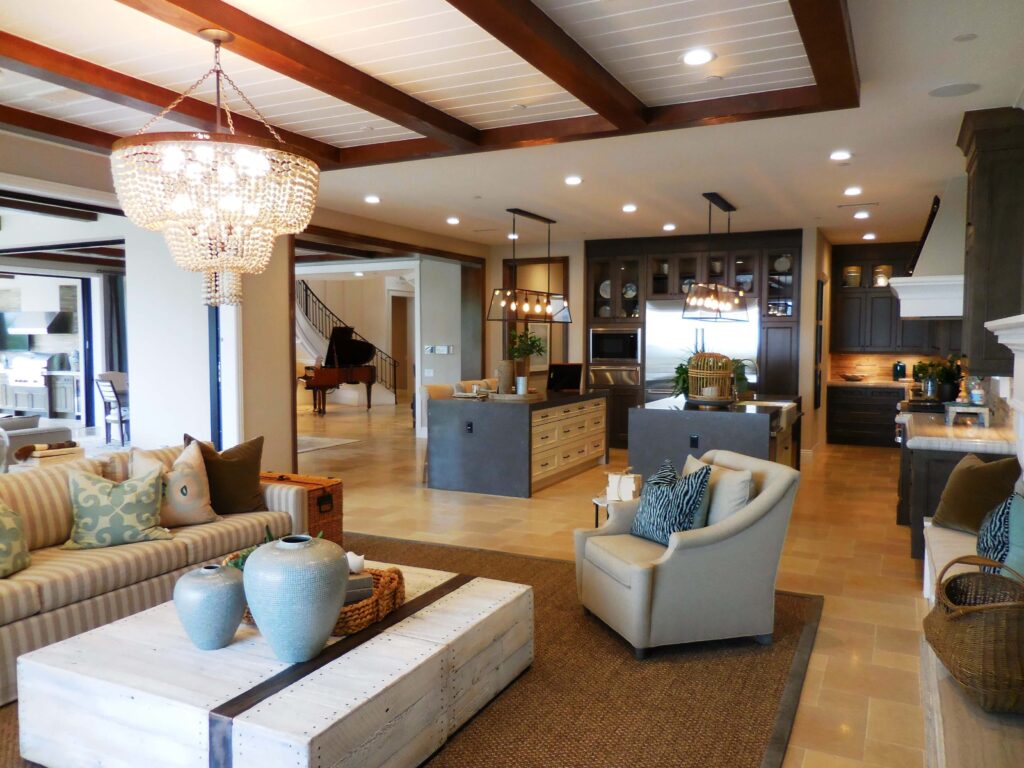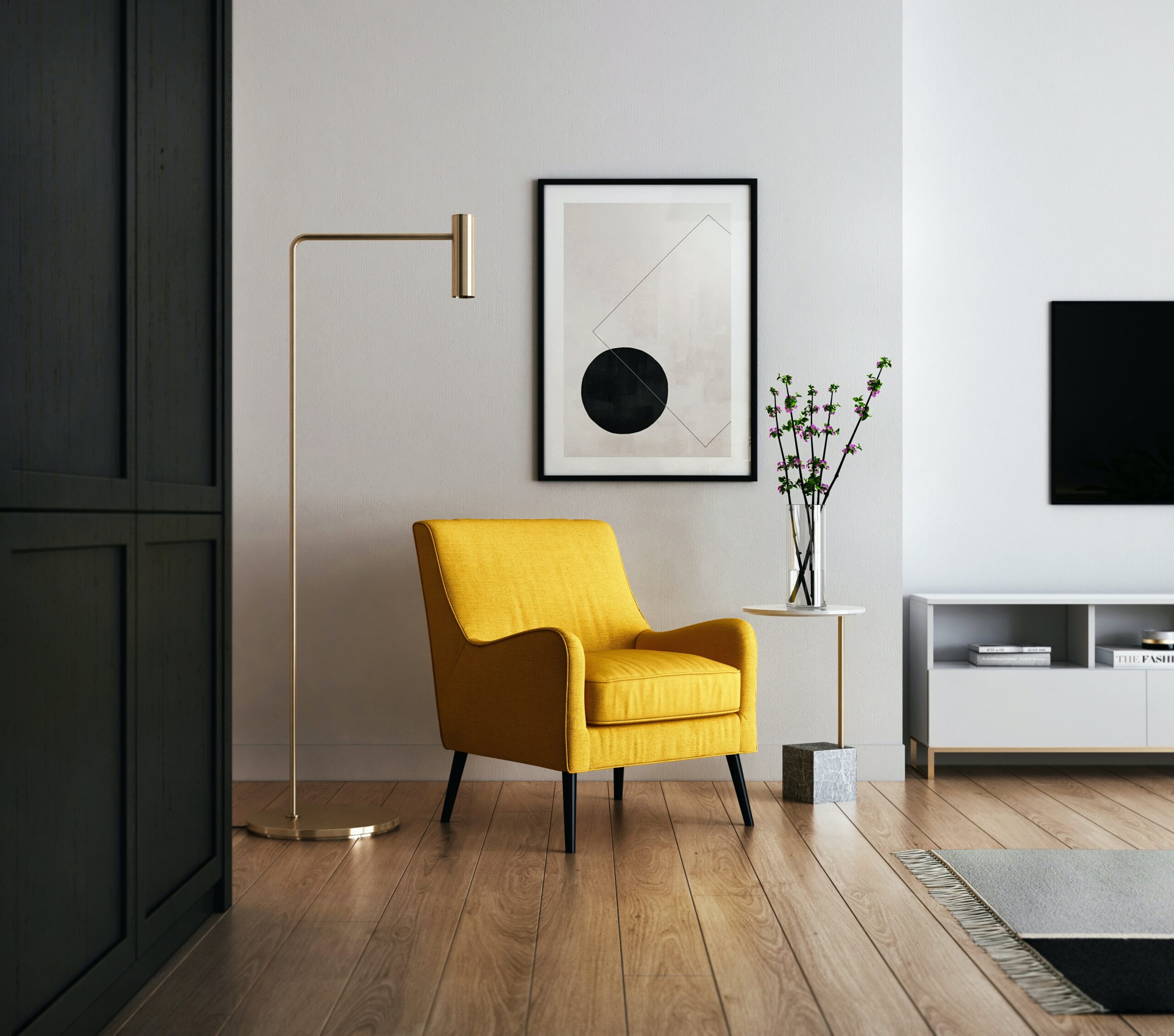In interior design, a “fee” refers to the compensation or charge that an interior designer receives for their services. Interior designers typically charge fees for their expertise, creativity, and time spent on designing and managing projects. There are several common fee structures in the field of interior design:
- Hourly Fee:
- Interior designers may charge clients based on the number of hours worked on a project. This fee structure is common for smaller projects or when the scope of work is not well-defined.
- Flat Fee:
- A flat fee is a fixed amount agreed upon for the entire project. This fee structure is often used for larger projects with a well-defined scope of work. It provides clarity for both the designer and the client regarding the overall cost of the project.
- Percentage of Project Cost:
- Some interior designers charge a percentage of the total cost of the project. This can include costs related to materials, furnishings, and labor. The percentage can vary and is often negotiated based on the complexity and scale of the project.
- Combination of Fees:
- Interior designers may use a combination of fee structures, such as an initial consultation fee, followed by hourly fees for design work, and a percentage of the project cost for purchasing and project management.
- Reimbursement of Expenses:
- In addition to design fees, designers may be reimbursed for expenses incurred during the project, such as travel expenses, materials, and other project-related costs.
The choice of fee structure depends on factors such as the designer’s preference, the nature of the project, and the agreement reached between the designer and the client. It’s important for both parties to clearly define the scope of work, the services to be provided, and the terms of payment in a written agreement before starting a project. This helps avoid misunderstandings and ensures a transparent and fair working relationship.

